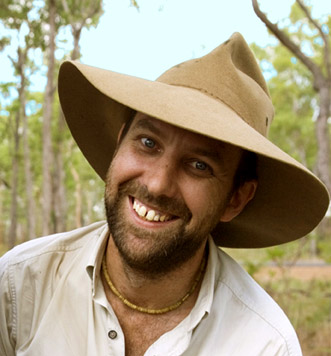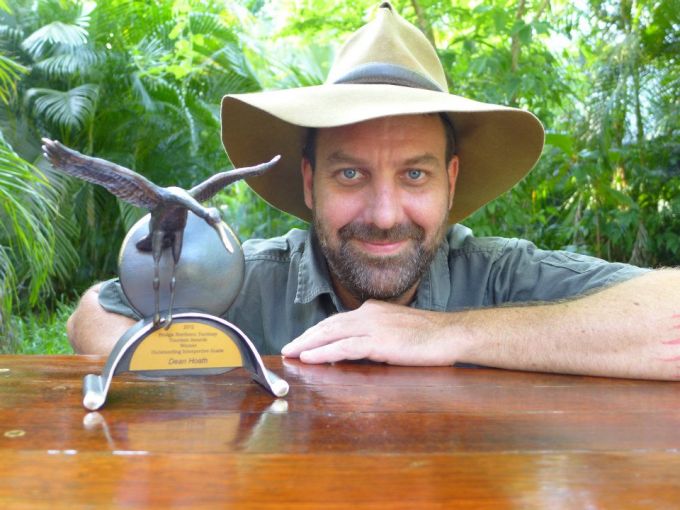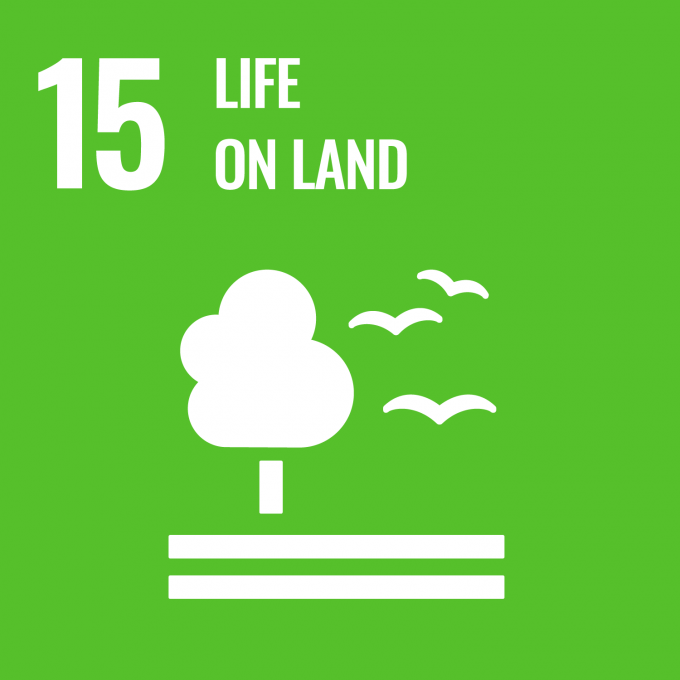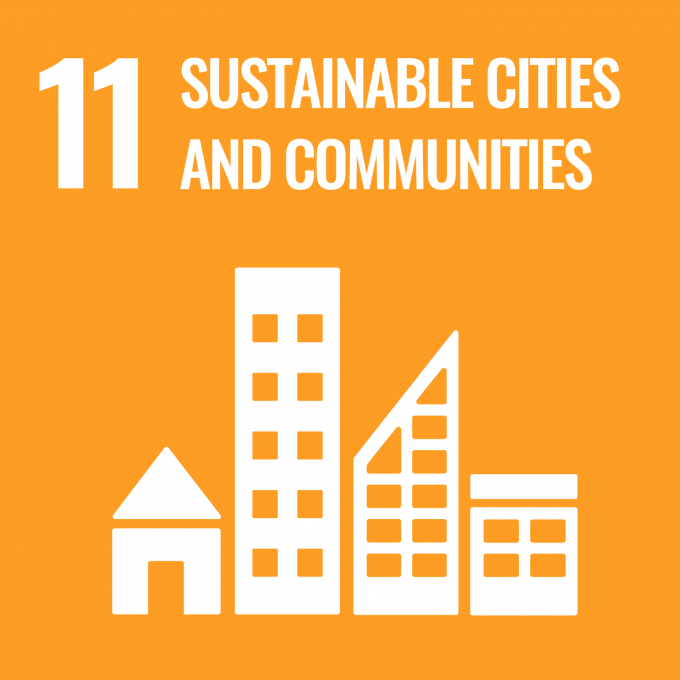Itinerary
Tour day-by-day
-

Day 1: Fogg Dam Reserve & Kakadu National Park
After pickup at 7am from your Darwin accommodation, this adventure commences with a drive south on the Stuart Highway, then the Arnhem Highway that leads to the World Heritage Listed Kakadu National Park. Our first stop en route is Fogg Dam Reserve. Fogg Dam has year-round water coverage which assures its position as an important feeding and roosting site for a wide variety of waterbirds & savanna wood-land birds.
Here we shall spend the morning looking for different species & enjoy a couple of the small interpretative walks around the Dam. The large expanses provide fantastic opportunities for panoramic photos and capturing Forest and Azure Kingfishers, Magpie Geese, spoonbills, egrets, ibis, herons, Whistling, Black & Brahminy Kites and cormorants.
 “Fogg Dam is a location where we often see birds en masse, and it’s a very interesting setting because it’s a dam wall, with lush wetlands on one side and dry wetlands and grasslands on the other. Ducks and ibises abound in huge numbers in the wetlands, while Magpie Geese, spoonbills, brolgas and jabirus are easily spotted on the dry side. Some guests have never seen so many birds in one place and on such a scale. We’re talking thousands and thousands of birds at the one time.”
“Fogg Dam is a location where we often see birds en masse, and it’s a very interesting setting because it’s a dam wall, with lush wetlands on one side and dry wetlands and grasslands on the other. Ducks and ibises abound in huge numbers in the wetlands, while Magpie Geese, spoonbills, brolgas and jabirus are easily spotted on the dry side. Some guests have never seen so many birds in one place and on such a scale. We’re talking thousands and thousands of birds at the one time.”Dean Hoath - Guide
Our next stop is the incredibly scenic Leaning Tree Lagoon. This Billabong is often covered in water lilies making it a popular stop for photographers & birdwatchers. This is an ideal opportunity to capture the iconic Comb-crested Jacana before enjoying a delicious lunch. We will leave the main road to enter into Kakadu via the Old Darwin Road. On the back road there are a couple of small billabongs.
Our last stop for today is at Cooinda. Here we will experience one of Kakadu’s icons, the Yellow Water Cruise. This 10sq. km pristine environment supports a truly wonderful variety of plants, birds, crocodiles and Top End wildlife. The wildlife on this pristine billabong is too numerous to mention; you will likely encounter Saltwater Crocodiles, the magnificent White-bellied Sea Eagle and many of the other 280 species that call this billabong home.
Here we will witness at close hand the wealth of wildlife in this tranquil habitat and enjoy one of the Top Ends great sunsets via a private cruise. Likely sightings include Magpie Goose, Plumed Whistling-Duck, Radjah Shelduck, Green Pygmy-Goose, Grey Teal, cormorants, Black-necked Storks, Bitterns, herons, egrets, Glossy Ibis, Australian White Ibis, Straw-necked Ibis, Royal Spoonbills, Purple Swamphens, Black-winged Stilts, Australasian Darters, terns, Azure Kingfishers, Forest Kingfishers, White-bellied Sea-Eagle, Black & Whistling Kites.
Overnight Accommodation: Lords Private Tented Camp
-

Day 2: Kakadu National Park
This morning at Lord's private camp site, there will be the chance to catch the early morning birds of the savanna woodland. Likely encounters include Sulphur-crested Cockatoos, Little Corellas, Black-Faced Cuckoo-shrikes, White-bellied Cuckoo-shrikes, Peaceful Doves, Shining Flycatchers, various honeyeaters, the Blue-winged Kookaburra and hopefully the Great Bowerbird around it's bower.
 “I love all birds, but one of my favourite birdwatching experiences is when we stay at the Lords Kakadu & Arnhemland Safaris permanent bush camp in Kakadu National Park. We have a family of about nine Blue-winged Kookaburras that hang out on the camp grounds; Black Cockatoos often come to visit; bright- blue Azure Kingfishers pop by; and watching the Great Bowerbirds attempt to dance is always a highlight. The Great Bowerbird dance is more like a hop with a broken leg, and the plume of purple he shoots out of its head when he finds a mate is interesting."
“I love all birds, but one of my favourite birdwatching experiences is when we stay at the Lords Kakadu & Arnhemland Safaris permanent bush camp in Kakadu National Park. We have a family of about nine Blue-winged Kookaburras that hang out on the camp grounds; Black Cockatoos often come to visit; bright- blue Azure Kingfishers pop by; and watching the Great Bowerbirds attempt to dance is always a highlight. The Great Bowerbird dance is more like a hop with a broken leg, and the plume of purple he shoots out of its head when he finds a mate is interesting."Dean Hoath - Guide
After breakfast we shall head down to the south end of the Kakadu National Park. The ridges found in the south of Kakadu National Park were formed over 2500 million years ago as a result of volcanic activity. These picturesque ridges divide the woodland areas, with the regions pristine waterfalls and plunge pools a favourite for park visitors.
This is the area to be on the lookout for the rare Hooded Parrot and Gouldian Finch. A one kilometre walk through sub-monsoon rainforest leads to the base of a beautiful plunge pool: Maguk is a scenic and tranquil place to enjoy a refreshing swim in the series of small waterholes that boast crystal clear waters. The group will enjoy a visit to the magnificent Maguk Falls, looking for the Rainbow Pitta, Black-breasted Buzzard & numerous other species.
There are also many unique plants in the area including the beautifully coloured Salmon Gum, Freshwater Mangrove, Silver-leafed Paperback and Yellow Bladderwort orchid.
Overnight Accommodation: Lords Private Tented Camp
-

Day 3: Arnhem Land
Today we visit Aboriginal Lands (Arnhem Land) access to this area is restricted to a select group of tour operators. Departing the Northern region of Kakadu National Park, we cross Cahill’s Crossing on the East Alligator River and enter Arnhem Land.
A 15 kilometre (10 mile) scenic drive to Gunbalanya Aboriginal community provides some of the best driving views in the Top End with floodplains, billabongs & the Arnhem Land escarpment. This is an ideal environment to encounter the beautifully coloured Rainbow-bee Eaters, Long-tailed Finches, Whistling Kites, various kingfishers along with many waterbirds including Yellow-billed Spoonbills, egrets, ibis, herons and Magpie Geese.
Upon arrival at Gunbalanya the gorup will visit the Injalak Arts and Craft Centre. Here you have the opportunity to meet and watch traditional local artists in action. Established in 1989, Injalak Arts is an Aboriginal organisation supporting the production of quality Aboriginal art. Today, Injalak artists produce authentic art inspired by ancient dreamtime stories, images from the nearby rock art galleries and an unbroken link between the present generation of Kunwinjku people and their ancestors.
This offers an intimate setting to get to know the artist and see first-hand how artworks are created. Gunbalanya is the Aboriginal name for the Oenpelli settlement (which was originally a mission).
The area includes the flood plains of the East Alligator River that are covered by water from December to April and a rocky sandstone plateau rising up to 200 metres above the plains. The stone country of the Arnhem Land plateau was laid down 1650 million years ago and today provide habitat for species such as the Chestnut-quilled Rock Pigeon, Brolga, numerous species of duck, heron, wood-land birds, Black & Brown Falcons, Sandstone Thrush, Channel-billed Cuckoos and Pheasant Coucals. The group returns to Darwin approximately 5:00pm.
-

Tour details
Private Group Size: Maximum 6 guests.
Pick-up and Drop Off Point: Darwin
Pick-up and Drop-off Time: Approximately 8:00am, returns at approximately 5:00pm.How you'll be making a positive impact
We have aligned our sustainability vision with the United Nation’s Sustainable Development Goals (SDGs). Citizen Science with Lords Kakadu & Arnhemland Safaris
Citizen Science with Lords Kakadu & Arnhemland Safaris
Lords Kakadu & Arnhemland Safaris contributes observations of flora & fauna via iNaturalist, the world’s leading global social biodiversity network. This platform allows our team to create research-quality citizen science data that enables a more detailed picture of our national biodiversity, and assists bodies such as the CSIRO, ecologists and other decision makers to deliver better outcomes for the environment and our species.
 Supporting the Communities of Arnhem Land
Supporting the Communities of Arnhem Land
Lords Kakadu & Arnhemland Safaris has spent decades working closely with local Aboriginal clans and share a mutual respect with the local indigenous people and their relationship with the land. Owner, Sab Lord, was raised on a station that is now part of World Heritage-listed Kakadu National Park, with his father employing Aboriginal families who taught him their indigenous language and involved him in traditional ceremonies.
 Solar-powered Bush Camp
Solar-powered Bush Camp
Lords Kakadu & Arnhemland Safaris operate a permanent Kakadu Bush Camp, almost entirely energy neutral, with solar panels powering lighting, fridges and fans. Australian Wildlife Journeys is in the process of setting science-based targets, implementing mechanisms to enable the calculation of carbon emissions across all organisation types and decreasing emissions through technological advancements in hybrid and hydrogen technologies.
Media Gallery
-

Luxury Lodges of the Far North
From $15,810 USD
12 days
Available months: April to October.
-

Ultimate Birdwatching Australia - Tropics to Outback
From $11,230 USD
15 days/14 nights
Available months: April to October.
-

Australia's Ultimate Predators
From $2,560 USD
9 days/8 nights
Available months: January to December.




















